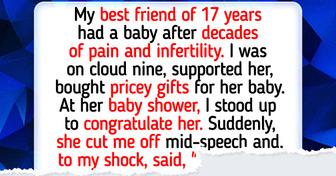My MIL Rearranged My House While I Was at Work—So I Made My Own Move


A thick, healthy beard is a sign of masculinity and self-care, but growing one can be a challenge for many men. The process of beard growth is influenced by genetics, lifestyle, and grooming habits. However, there are proven tips to maximize your potential for a fuller beard. Whether you’re just starting out or trying to improve an existing beard, these 15 simple tips will guide you in achieving a thicker, healthier beard.
Patience is essential for growing a beard. Hair grows at different rates depending on the person, but typically, beard hair grows about half an inch per month. Allow your beard several weeks to grow before assessing its thickness or shape. During this period, avoid the temptation to trim prematurely, as shaping too early can result in a patchy appearance.

Eating a balanced diet rich in vitamins and minerals is crucial for promoting healthy hair growth. Nutrients such as vitamin D, biotin, zinc, and omega-3 fatty acids play a significant role in beard growth. Foods like fish, eggs, nuts, spinach, and whole grains can improve hair follicle health and stimulate growth.
Water is essential for overall health, including the health of your beard. Dehydration can cause dry, brittle hair and hinder growth. Aim to drink at least 8 glasses of water a day to keep your skin and beard hydrated from within.
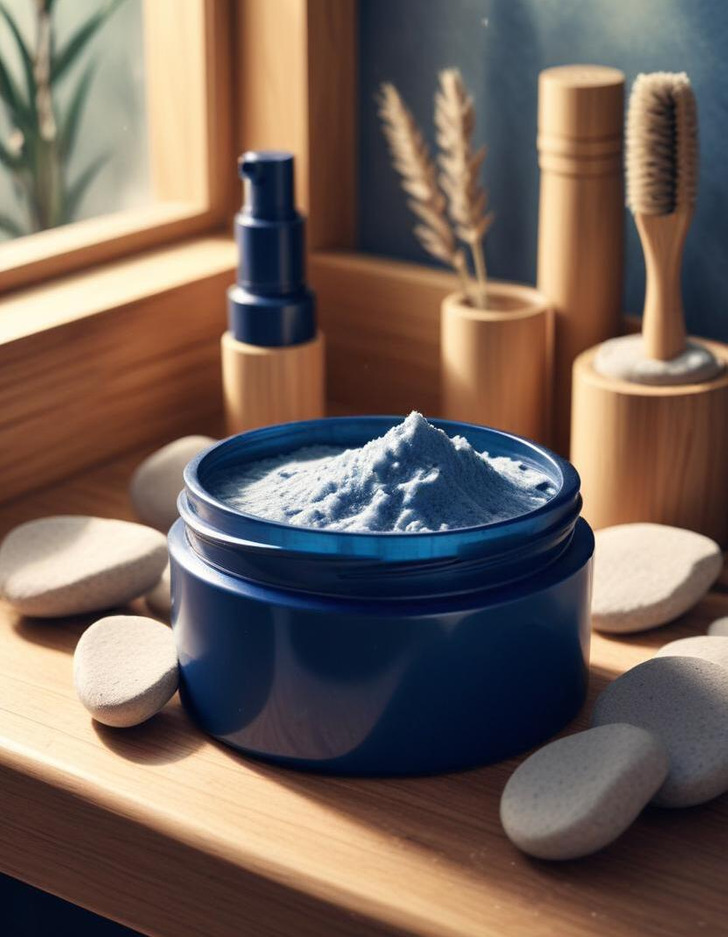
Exfoliation removes dead skin cells, dirt, and oils that can block hair follicles and prevent new hair from growing. Use a gentle exfoliating scrub once or twice a week to cleanse your face and promote better beard growth.
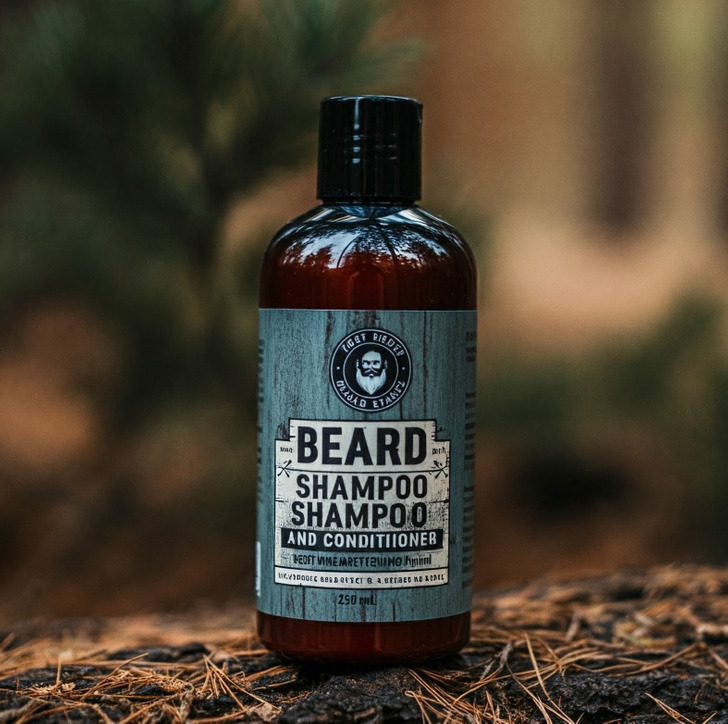
Keeping your beard clean is vital for healthy growth. Wash your beard with a beard-specific shampoo 2–3 times per week to remove excess oils and dirt, and follow up with a beard conditioner to keep the hair soft and hydrated.
Washing your beard too frequently can strip it of natural oils that keep it healthy and hydrated. Over-washing can lead to dryness and breakage, so try to wash it only 2–3 times a week, using a gentle shampoo and conditioner.
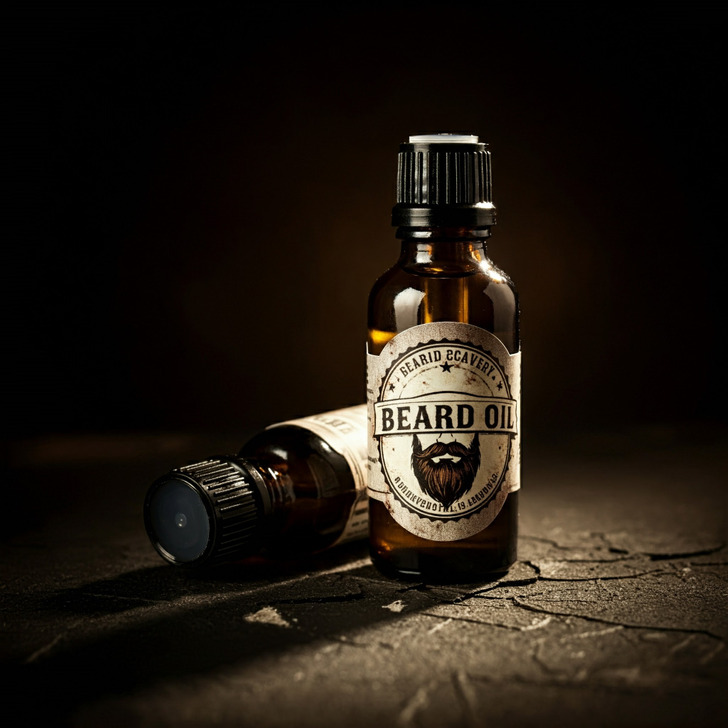
Beard oils are essential for moisturizing your beard and the skin underneath. Applying beard oil daily helps prevent dryness, itching, and flaking, while also nourishing the hair follicles. Look for oils containing ingredients like jojoba, argan, or coconut oil.
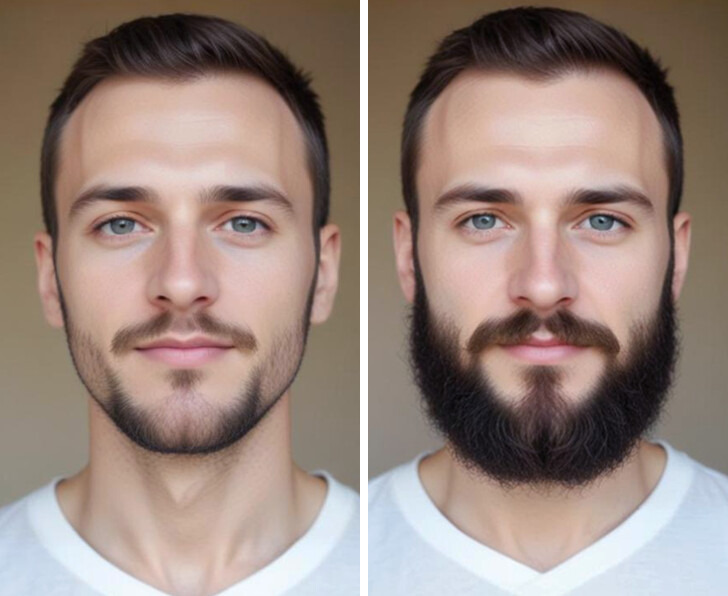
Massaging the beard area can promote increased blood flow to the hair follicles, which may encourage growth. By spending a few minutes daily gently massaging your face in circular motions with your fingertips, you can enhance circulation and stimulate the hair follicles.
While there is anecdotal evidence supporting this practice, scientific research specifically linking facial massage to beard growth is limited. However, many grooming routines recommend regular massage as a beneficial practice. When combined with proper hygiene and moisturizing, massaging can be an effective part of a holistic approach to maintaining a healthy beard.
During sleep, your body repairs and regenerates cells, including those responsible for hair growth. Aim for 7–9 hours of quality sleep per night to give your body the necessary time to support beard growth.
Regular exercise plays a vital role in promoting beard growth by enhancing testosterone levels and improving circulation. Engaging in activities such as weightlifting, high-intensity interval training (HIIT), and cardiovascular exercises can significantly boost testosterone production, which is crucial for thicker and faster-growing facial hair.
Strength training, including exercises like squats and deadlifts, is particularly effective at elevating testosterone levels. Additionally, improved circulation from exercise ensures that essential nutrients and oxygen are delivered to hair follicles, supporting healthier beard growth. Furthermore, regular physical activity helps reduce stress and improve sleep quality, both of which are beneficial for hormone balance and overall health. Thus, incorporating a balanced exercise routine can effectively enhance beard growth while promoting overall well-being.

Chronic stress is a silent adversary that can significantly hinder beard growth by disrupting the delicate balance of hormones necessary for healthy facial hair development. Elevated cortisol levels, a common consequence of prolonged stress, can interfere with testosterone production, the key hormone responsible for stimulating beard growth. This hormonal imbalance may lead to conditions such as telogen effluvium, where hair follicles prematurely enter the resting phase, resulting in increased shedding and thinning of facial hair.
To combat these effects, incorporating stress management techniques like meditation, yoga, and deep breathing exercises into daily routines is essential. These practices not only help lower cortisol levels but also promote relaxation and overall well-being, creating a more favorable environment for robust beard growth. By prioritizing stress management, individuals can take proactive steps to enhance their beard growth while simultaneously nurturing their mental health.
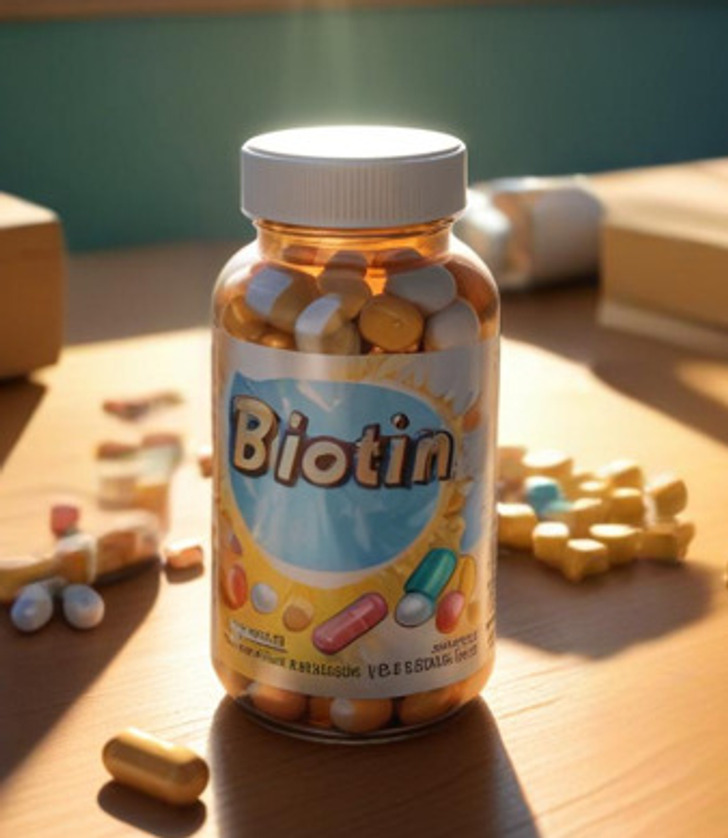
Biotin, also known as vitamin B7, is frequently touted for its ability to support hair and nail health, largely due to its role in keratin production. While biotin deficiency can lead to hair thinning and brittle nails, such deficiencies are rare in healthy individuals. The notion that daily biotin supplementation can enhance beard growth is less substantiated; although some studies indicate that those with low biotin levels may see improvements in hair loss when supplemented, evidence supporting its effectiveness for individuals without a deficiency is limited.
Clinical trials have shown mixed results, with many participants not experiencing significant benefits compared to placebo groups. Therefore, while biotin can be beneficial for some, its role as a miracle solution for beard thickening remains unproven, suggesting that those considering supplementation should approach it with realistic expectations.
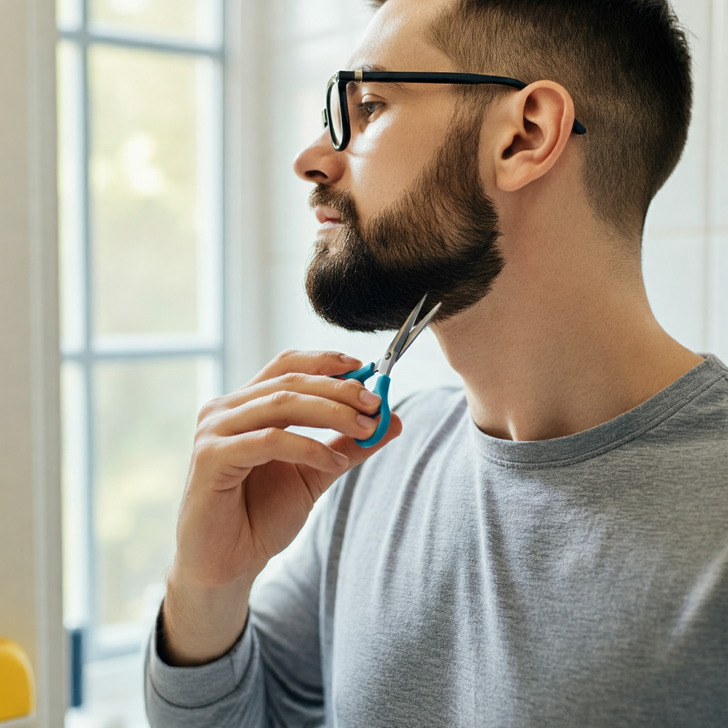
Trimming split ends is a widely accepted practice for maintaining beard health and appearance. Regularly cutting off damaged or frayed hair can indeed make a beard look thicker and healthier, as it prevents further damage that could lead to breakage. Split ends occur when the hair cuticle becomes weathered, resulting in the hair-splitting at the ends. This not only affects the aesthetic of the beard but can also stunt growth by causing hair to become weaker and more prone to tangling and breakage.
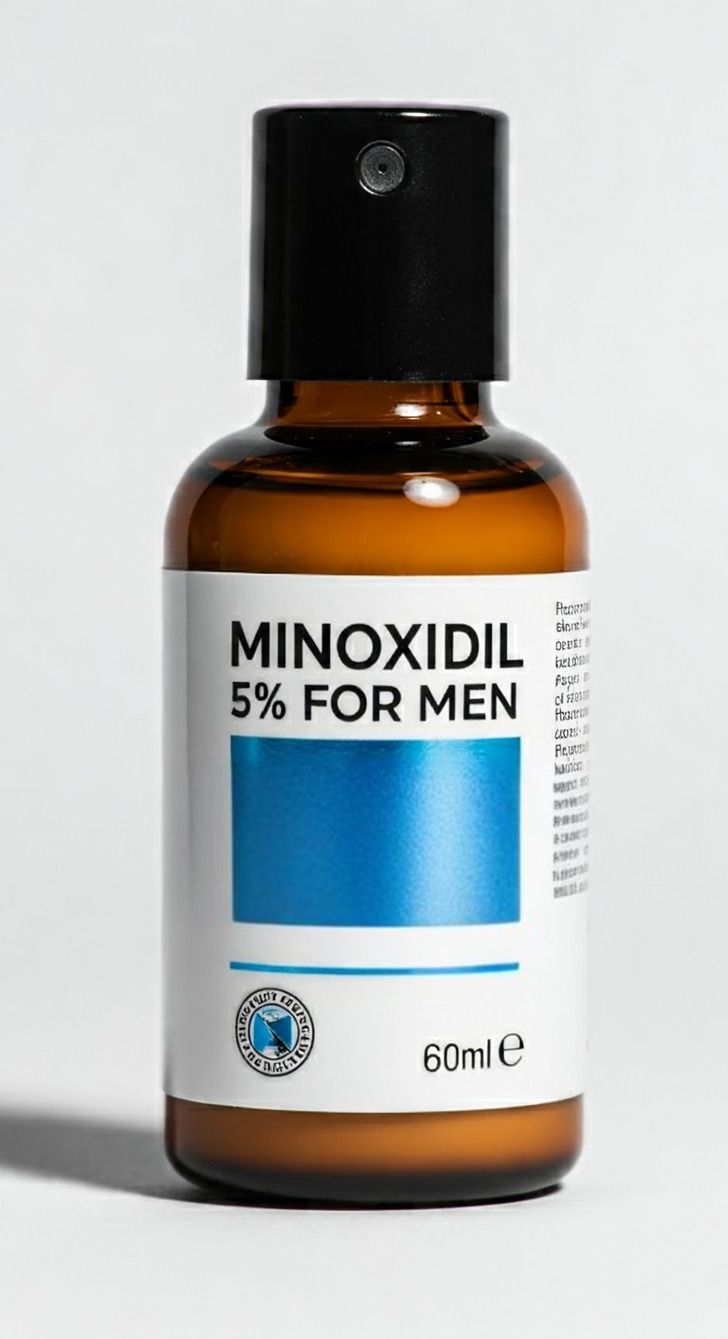
For men who struggle with patchy beards, minoxidil, commonly known as Rogaine, is a proven treatment for stimulating hair growth. Although it’s primarily used for scalp hair, many men have had success using it to fill in patchy areas in their beards. Consult a dermatologist before starting minoxidil.
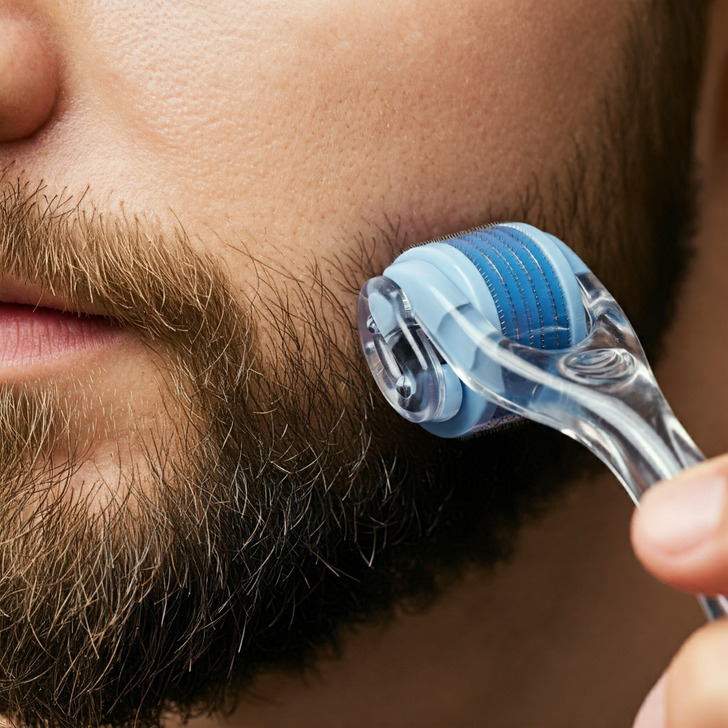
A derma roller is a small device with tiny needles that puncture the skin to stimulate collagen production and blood flow. This can encourage new hair growth and improve the density of your beard. Use a derma roller once or twice a week for best results.
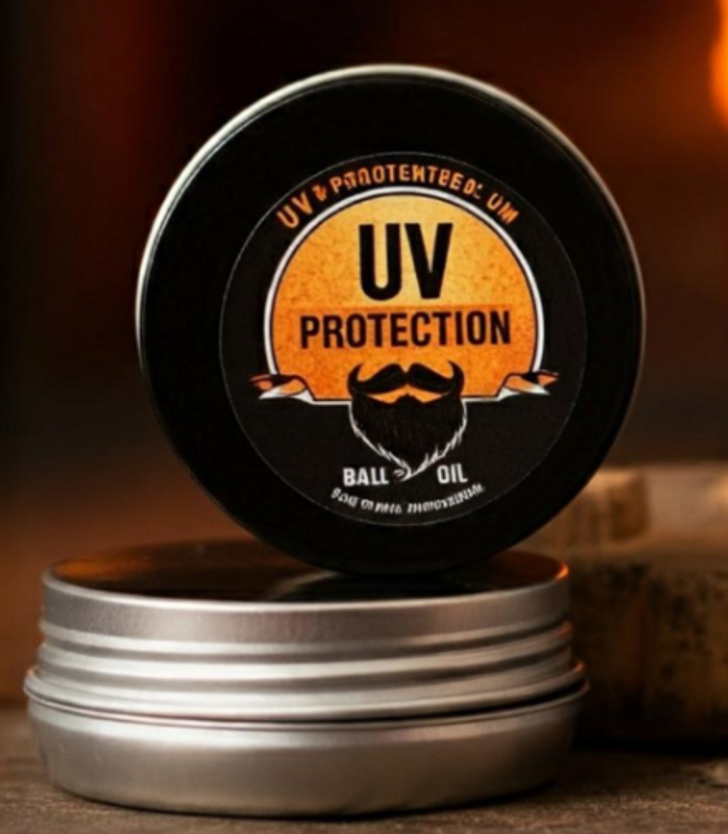
Exposing your beard to extreme weather, chemicals, or heat styling tools can cause damage and slow growth. Protect your beard by wearing a scarf or using beard balms and oils with UV protection. Additionally, avoid using hair dryers on high heat settings.
Now that you've got the tips to cultivate an amazing beard, get ready for some serious inspiration! We're about to dive into a gallery of 17 bearded men who are rocking some truly epic facial hair. Prepare to be amazed!






